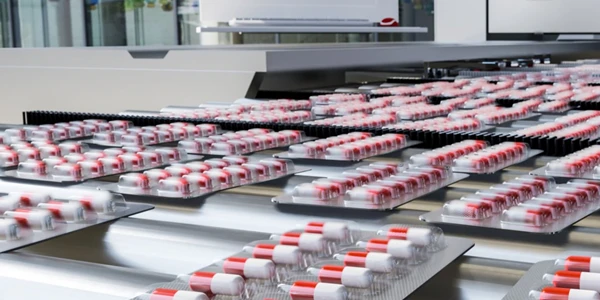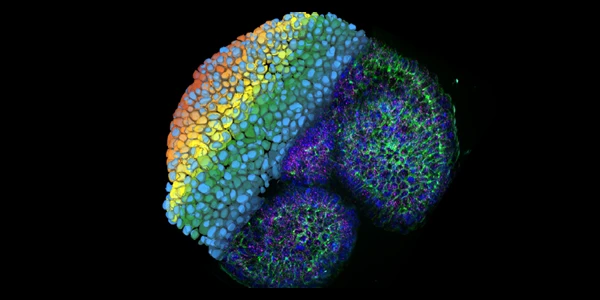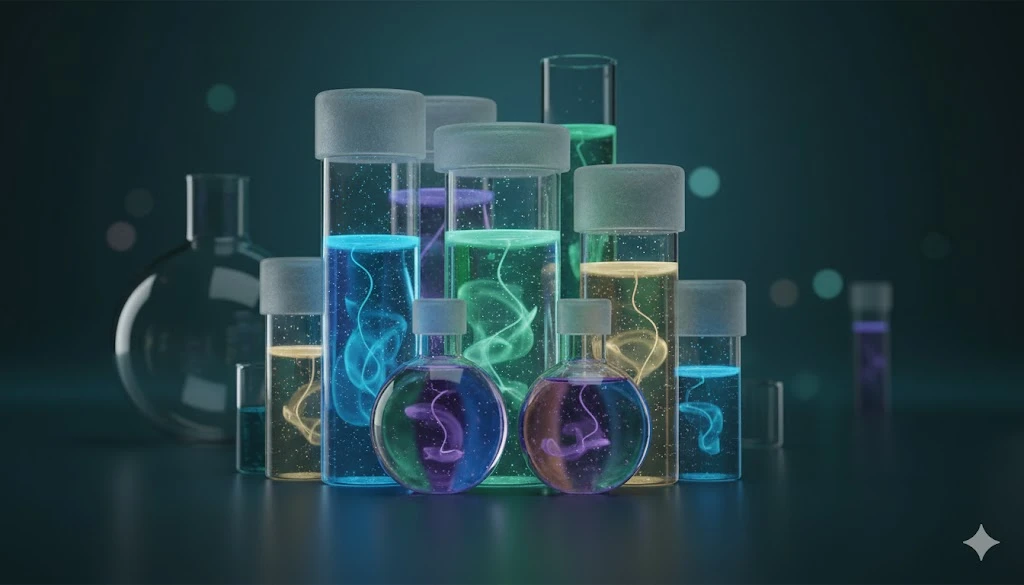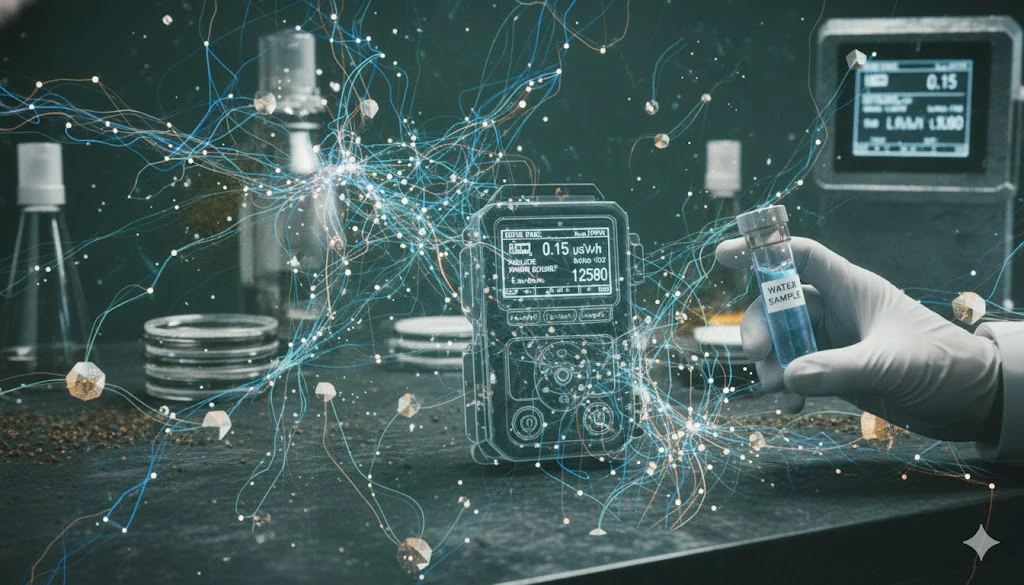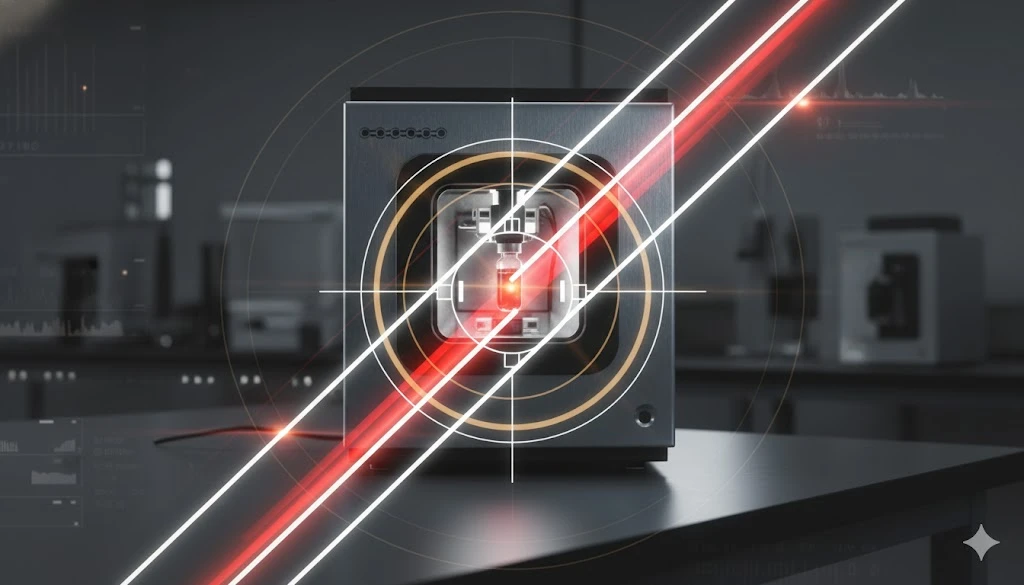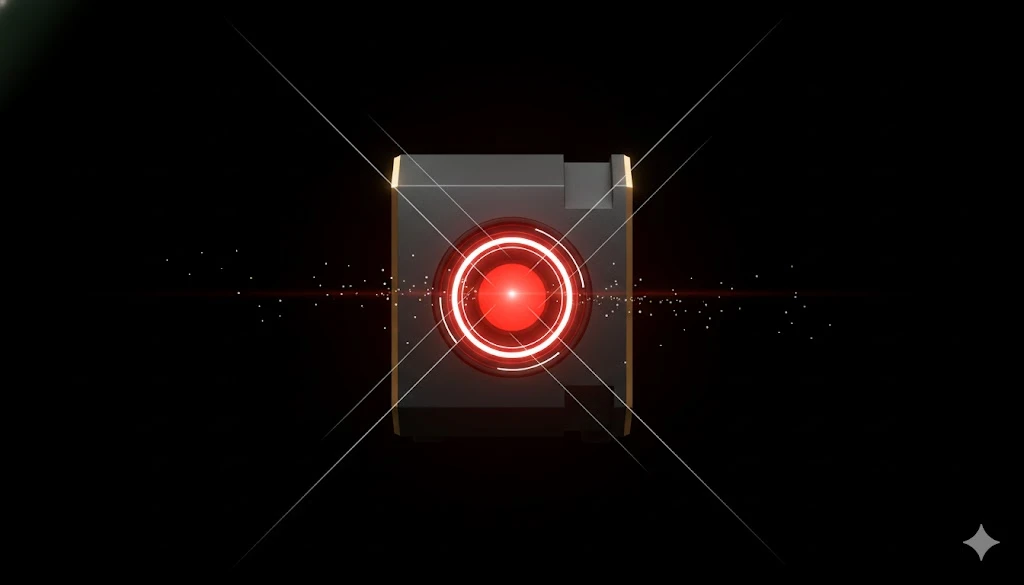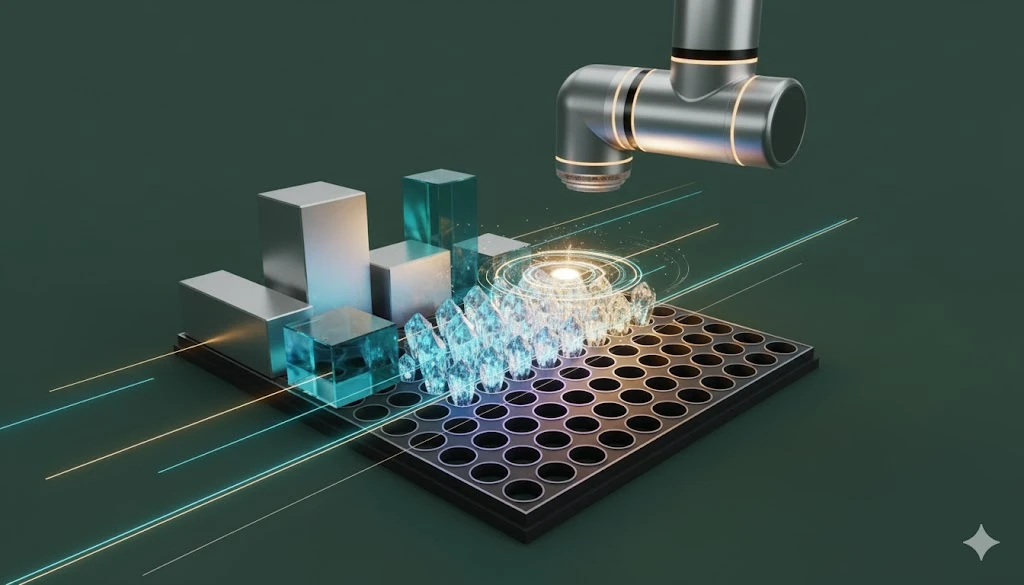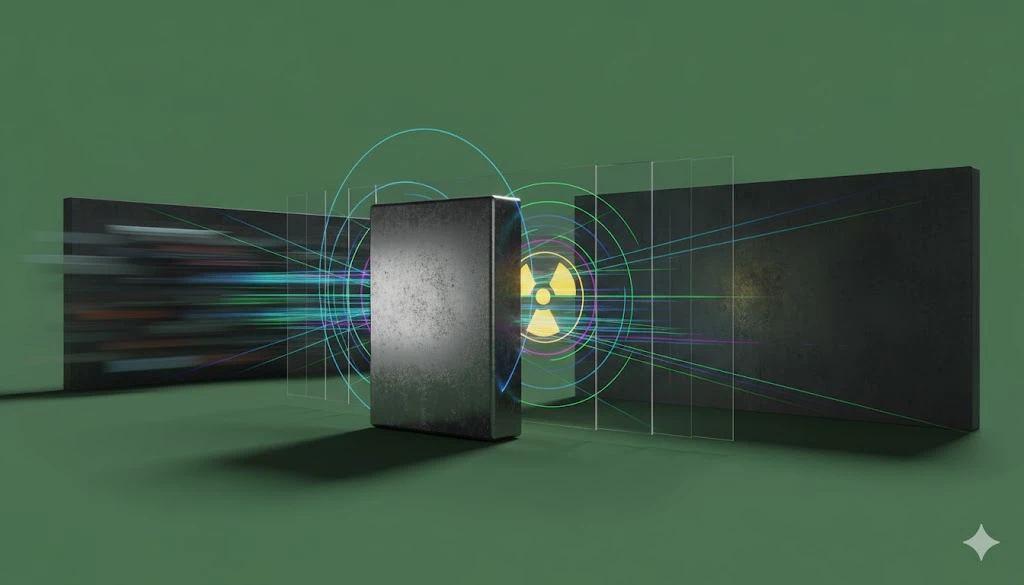Graduated Cylinder: The Definitive Guide to Volumetric Measurement
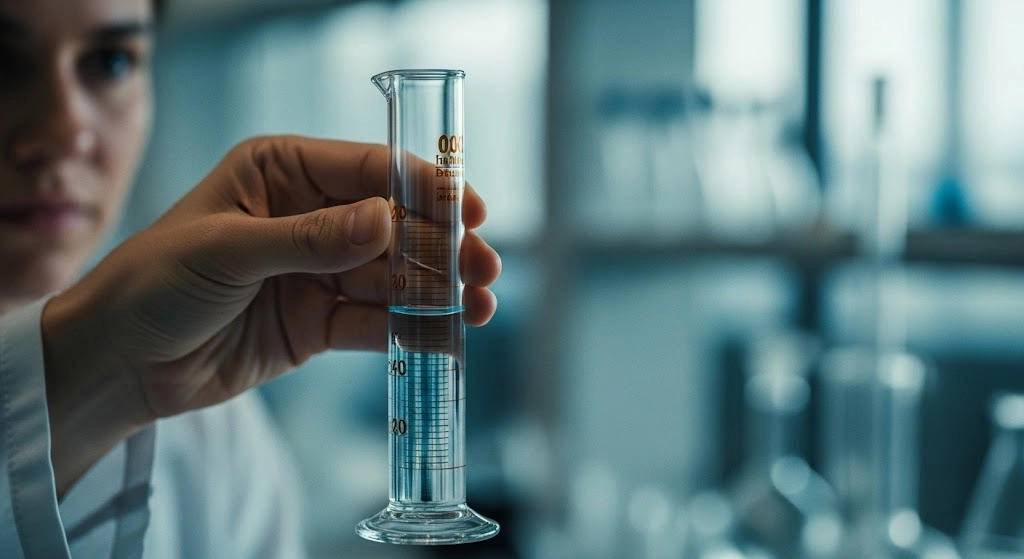
GEMINI (2025)
In the precise and methodical environment of the modern laboratory, the integrity of every experiment hinges on the accuracy of its foundational measurements. While a wide array of tools exists, few are as fundamental and universally relied upon as the graduated cylinder. As a cornerstone of laboratory glassware, this simple yet indispensable instrument serves as a critical bridge between rough estimation and precise volumetric analysis. Its tall, cylindrical body, marked with precise volume increments, allows scientists, researchers, and students to measure liquid volumes with a level of accuracy far superior to that of a beaker or flask.
This comprehensive guide is designed for the discerning laboratory professional. It delves into the granular details of the graduated cylinder—from the science behind its materials and the intricacies of reading the meniscus to its critical role in advanced applications like solution preparation and density calculations. By understanding the proper use, inherent limitations, and best practices associated with this vital tool, you can enhance the reliability of your data, optimize your experimental workflow, and ensure the highest standards of accuracy in your scientific endeavors.
What is a Graduated Cylinder?
A graduated cylinder, also known as a measuring cylinder or a grad, is a piece of laboratory glassware or plasticware used to measure the volume of a liquid. Its distinctive cylindrical shape is specifically engineered for this purpose, featuring a calibrated scale, or graduations, etched or printed along its length. These markings allow for quick and relatively accurate reading of the liquid volume.
Graduated cylinders are available in a wide range of sizes, typically from 5 mL to 2,000 mL, each designed to meet specific measurement needs. The size of the cylinder dictates the spacing of its graduations and its overall accuracy. Smaller cylinders (e.g., 10 mL) are used for measuring smaller volumes with higher precision, while larger cylinders (e.g., 1,000 mL) are used for less critical, larger volume measurements.
Materials of Construction: Glass vs. Plastic
The choice of material for a graduated cylinder is dictated by the application and the chemical properties of the liquids being measured.
Borosilicate Glass: The gold standard for chemical and thermal resistance, borosilicate glass (e.g., Pyrex) is ideal for applications involving corrosive chemicals or temperature variations. Its low coefficient of thermal expansion minimizes measurement errors and reduces the risk of thermal shock.
Plastics: Several types of plastic are used to produce graduated cylinders, each with unique advantages:
Polypropylene (PP): Known for its excellent chemical resistance and shatter-proof nature, PP is a cost-effective choice for general laboratory use. However, it is opaque and less transparent than glass.
Polymethylpentene (PMP): PMP is a highly transparent plastic with excellent chemical resistance, making it an excellent alternative to glass. It is also autoclavable for sterilization.
High-Density Polyethylene (HDPE): HDPE is another durable, shatter-proof option often used for industrial or educational settings where robustness is a priority over high transparency.
Mastering Volumetric Measurement: The Meniscus and Reading Techniques
While a graduated cylinder offers a significant improvement in accuracy over beakers or flasks, obtaining a truly precise measurement requires a methodical approach that accounts for the physical properties of the liquid being measured.
One of the most critical concepts in using a graduated cylinder is understanding the meniscus. The meniscus is the curved surface of a liquid when it is in a container. For water and most aqueous solutions, the adhesive forces between the liquid and the glass or plastic walls cause the liquid to "climb" the walls, forming a concave (downward-curving) meniscus.
To obtain an accurate reading, it is imperative to:
Place the cylinder on a flat, level surface to prevent the liquid from tilting.
Read at Eye Level: To avoid parallax error, position your eye directly level with the bottom of the meniscus. Reading from above will result in a deceptively low reading, while reading from below will result in an artificially high reading.
Use the Bottom of the Meniscus: For most clear liquids, the correct reading is taken from the lowest point of the meniscus curve. The only common exception is mercury, which has a convex (upward-curving) meniscus due to its high cohesive forces; the reading for mercury is taken from the top of the curve.
Essential Lab Procedures: How to Use a Graduated Cylinder
The versatility of the graduated cylinder extends far beyond simple liquid measurement, making it a valuable tool across a wide range of scientific disciplines.
Solution Preparation and Reagent Dilution
In chemical synthesis and analysis, preparing solutions of a known molarity or concentration is a routine and critical task. While a volumetric flask is used for maximum precision, a graduated cylinder is often used for preparing non-critical reagents or for initial rough dilutions where the final concentration is less sensitive. For example, a chemist might use a 100 mL graduated cylinder to measure 50 mL of a solvent before adding it to a flask containing a solid solute to begin the dissolution process.
Determining an Object's Density by Water Displacement
A classic application of the graduated cylinder is in determining the volume of irregularly shaped objects, a key step in calculating density. This technique is based on Archimedes' Principle, which states that the volume of a submerged object is equal to the volume of the liquid it displaces.
Procedure for Density Measurement:
Measure the initial volume of liquid (
V1 ) in the graduated cylinder.Carefully submerge the object in the liquid.
Measure the new, elevated volume (
V2 ).Calculate the object's volume (
Vobject ) by subtracting the initial volume from the final volume:Vobject=V2−V1 .Use a balance to find the object's mass (m).
Calculate the density (
ρ ) using the formula:ρ=m/Vobject .
Use in Titration and Aliquoting
While a burette is the instrument of choice for the precise titration of an analyte, a graduated cylinder is often used for measuring the initial volume of the solution to be titrated. It can also be used for aliquoting, which involves measuring a specific, non-critical volume of a solution to be used in a different part of the experiment.
Graduated Cylinder vs. Other Lab Glassware: A Comparative Analysis
To understand the graduated cylinder's unique place in the laboratory, it is essential to compare it to other common volumetric instruments. The choice of which tool to use is always a trade-off between speed, accuracy, and ease of use.
Vessel Type | Primary Use Case | Key Advantages | Limitations |
|---|---|---|---|
Graduated Cylinder | Measuring liquid volumes with moderate precision | Versatile, easy to use, offers a balance of speed and accuracy. | Less accurate than a pipette or volumetric flask; not suitable for mixing or long-term storage. |
Beaker | Mixing, pouring, and holding liquids | Wide opening for easy access and pouring; stable base. | Very low accuracy for volume measurement; high risk of evaporation and contamination. |
Volumetric Flask | Preparing solutions of a precise, known volume | Extremely high volumetric accuracy (Class A); ideal for preparing stock solutions and calibrating instruments. | Designed for a single volume; not suitable for heating or mixing by swirling. |
Pipette | Transferring very precise, small volumes of liquid | Highest level of volumetric accuracy for small volumes. | Not suitable for measuring large volumes; requires a pipette bulb or pump for safe use. |
Best Practices: Precision and Safety with a Graduated Cylinder
Achieving reliable results with a graduated cylinder requires more than just knowing how to read it. Adhering to proper laboratory protocols is crucial for both accuracy and safety.
A clean graduated cylinder is vital for accurate measurements. Any residue on the inner walls can alter the shape of the meniscus or cause clinging liquid, leading to erroneous readings. Always use a lab-grade detergent and a brush to clean the cylinder, followed by thorough rinsing with deionized water. For critical work, you may need to verify the cylinder's calibration using an analytical balance and deionized water, as the tolerance of manufactured cylinders can vary.
The volume of a liquid is sensitive to temperature changes. All graduated cylinders are calibrated to a specific reference temperature, typically
The Enduring Role of the Graduated Cylinder in Modern Labs
The graduated cylinder's enduring presence in laboratories across every scientific discipline is a testament to its elegant and effective design. It represents a fundamental balance of form and function, offering a level of precision that is essential for a vast array of procedures without the rigidity or specialized nature of single-volume instruments.
By mastering the correct reading techniques, understanding its material properties, and appreciating its role in the volumetric hierarchy of a lab, professionals can harness the full potential of this unassuming but mighty tool. From teaching students the basics of measurement to enabling a research scientist to prepare a critical reagent, the graduated cylinder will undoubtedly remain a cornerstone of scientific discovery for generations to come.
Frequently Asked Questions (FAQ)
What is the difference between a graduated cylinder and a beaker?
A graduated cylinder is designed and calibrated specifically for measuring the volume of liquids with a higher degree of accuracy. A beaker, on the other hand, is a general-purpose vessel used for holding, mixing, and heating liquids. While beakers have volume markings, they are not precise and are only suitable for rough estimations.
What is a "meniscus" and why is it important when reading a graduated cylinder?
The meniscus is the curved surface of a liquid caused by surface tension. For most liquids (like water), it is concave, curving downward. It is important because the most accurate reading of a liquid's volume is obtained by taking the measurement at the bottom of this curve, as this point represents the true volume of the liquid without the influence of clinging to the cylinder walls.
How do I choose between a glass and a plastic graduated cylinder?
Choose a borosilicate glass graduated cylinder for applications involving high temperatures, strong acids or bases, and when the highest degree of chemical resistance is required. Choose a plastic cylinder (e.g., polypropylene) for applications where durability is key, such as in educational settings, or when measuring hydrofluoric acid (which etches glass). Plastic is also a safer, shatter-proof option.
What is the typical accuracy of a graduated cylinder?
The accuracy of a graduated cylinder is specified by its tolerance, which can vary based on the class of the cylinder. Class A cylinders have a higher tolerance and are more accurate than Class B cylinders. For example, a 100 mL Class A cylinder has a tolerance of
